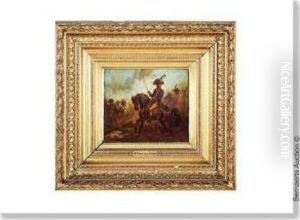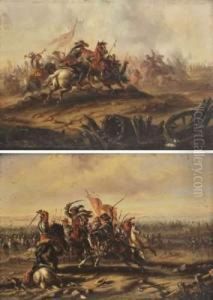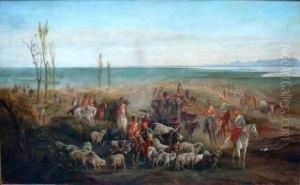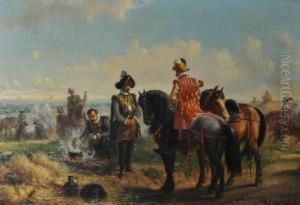A. Jules Van Imschoot Paintings
A. Jules Van Imschoot was a Belgian painter known for his contribution to the post-war European art scene. Born on October 5, 1919, in Ghent, Belgium, Van Imschoot's early life and career were shaped by the cultural landscape of a Europe recovering from the devastation of World War II. His works often reflected the tension between traditional European painting and the emerging modern movements of the mid-20th century.
After receiving formal art education in his native Belgium, Van Imschoot became an active member of the art community in Ghent. His style was initially influenced by expressionism and the rich tradition of Flemish painting. However, as his career progressed, he began to incorporate elements of surrealism and abstract expressionism into his work. This fusion of styles allowed him to create a unique visual language that was both reflective of his times and deeply personal.
Throughout the 1950s and 60s, Van Imschoot exhibited his work in various galleries and museums across Europe. His paintings were characterized by bold colors, dynamic brushstrokes, and often a sense of movement or chaos. These features captured the complexity of the human psyche and the rapidly changing world during the post-war era.
Despite his success in Europe, Van Imschoot remained relatively unknown outside his home continent. It wasn't until later in his career that his work began to gain international recognition. A. Jules Van Imschoot continued to paint and exhibit his work until his death on March 16, 1992. Today, his paintings can be found in private collections and museums, and he is remembered as a significant figure in the Belgian post-war art movement.
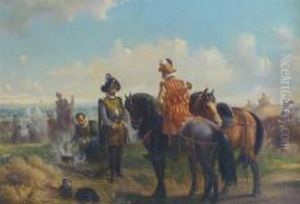

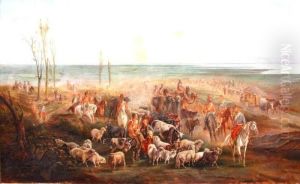
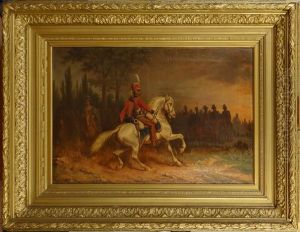
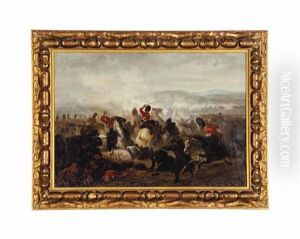
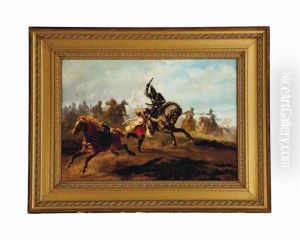
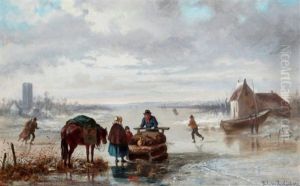
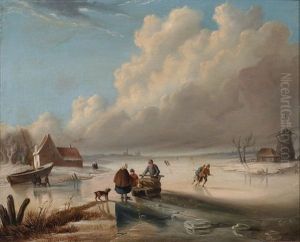
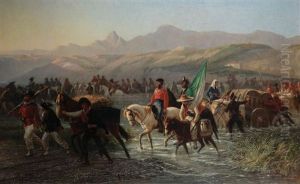
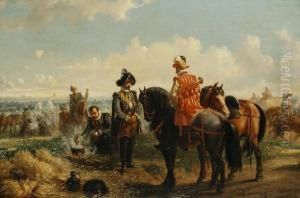
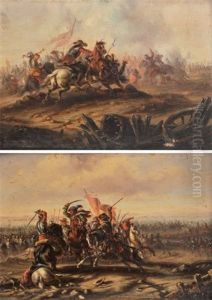
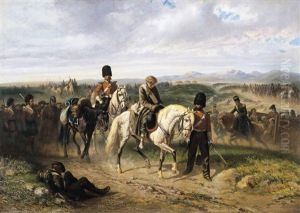
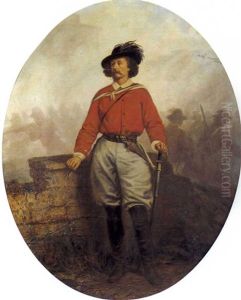
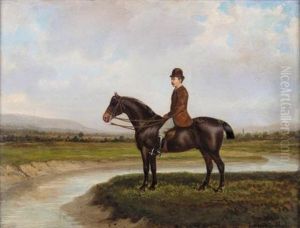
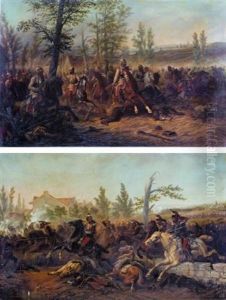
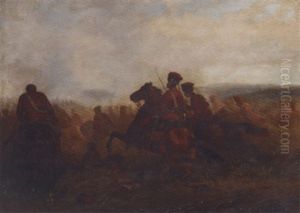
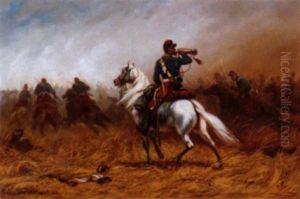
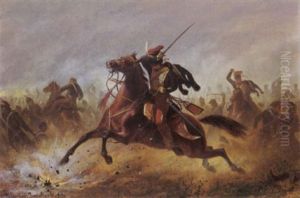
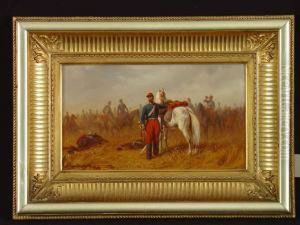
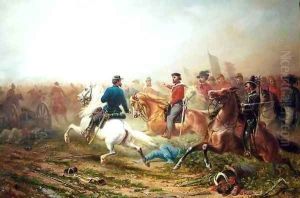
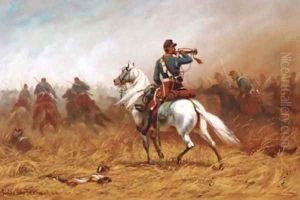
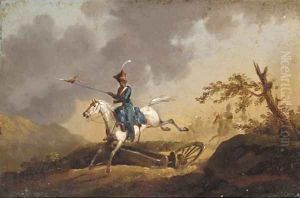
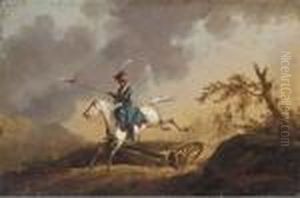
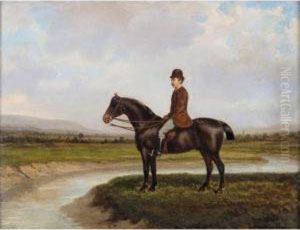
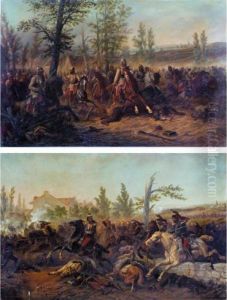

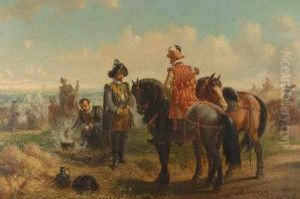
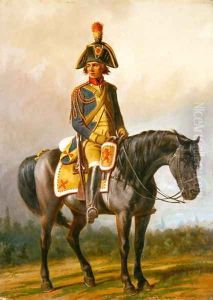
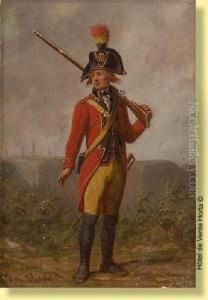
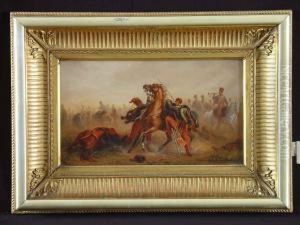
![[jeune Femme Au Perroquet] (date1851)](https://www.niceartgallery.com/imgs/1067622/s/a-jules-van-imschoot-jeune-femme-au-perroquet-date1851-7f6debd5.jpg)
